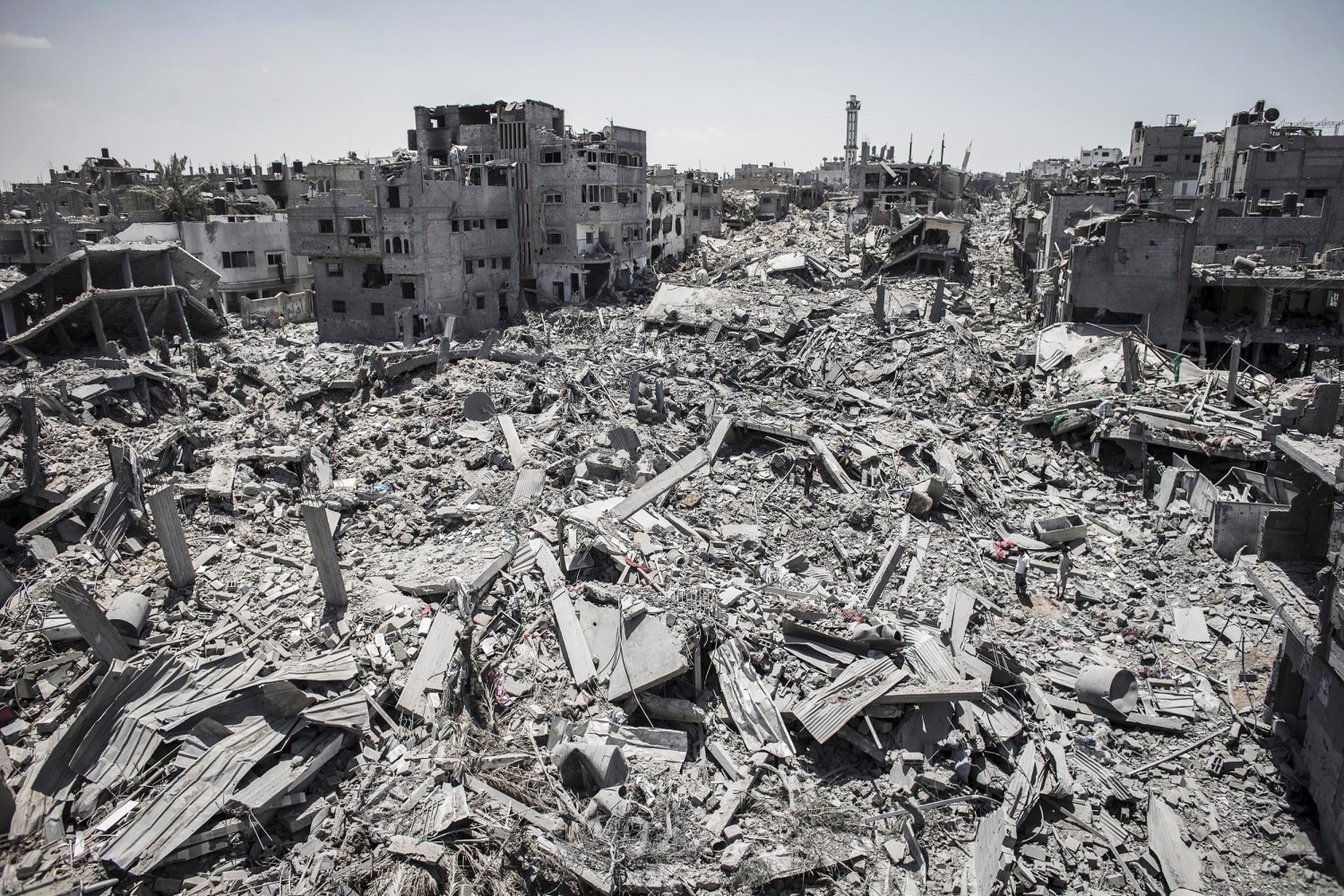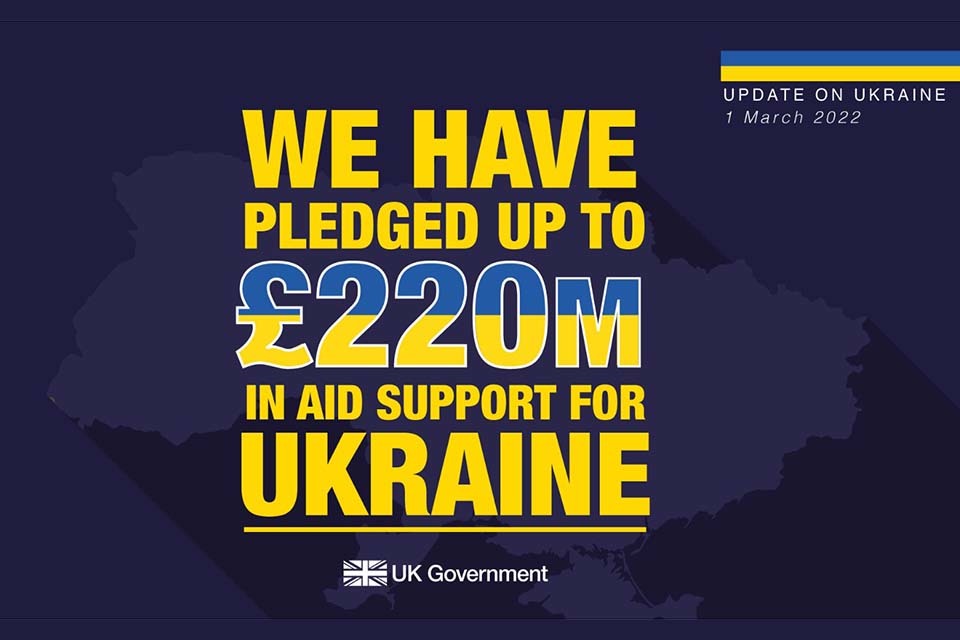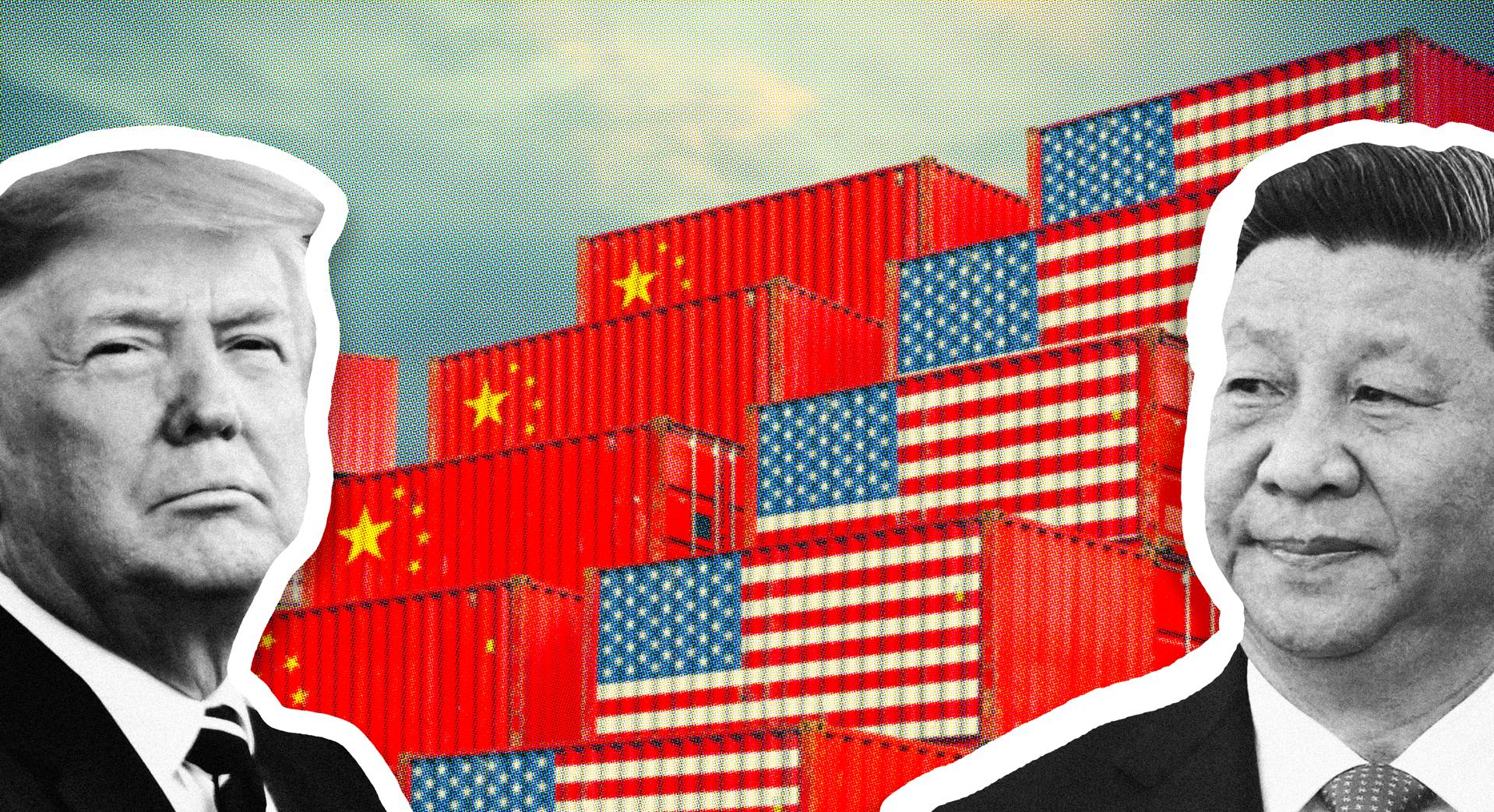Friends, let’s be blunt: the situation in Gaza is devolving into a humanitarian catastrophe, and it’s not just a moral outrage – it is a risk factor for global markets. The Palestinian Health Ministry in Gaza reported a horrifying 49 fatalities in the last 24 hours alone, alongside 108 injuries, all stemming from Israeli military operations. This isn’t just a statistic; these are lives obliterated, families destroyed.
We, as investors, can’t afford to be naive. Geopolitical instability is a primary driver of volatility. A prolonged crisis in the Middle East fuels uncertainty, impacting energy prices, supply chains, and overall investor sentiment. This isn’t abstract theorizing; it’s cold, hard financial reality.
Now, let’s dial down into the nuances of geopolitical risk and market reaction.
Geopolitical risk refers to the risks associated with political instability or conflicts in a specific region. These events can disrupt economic activity, impacting trade and investment flows.
Market reactions can be swift and dramatic. Increased risk aversion often leads to a ‘flight to safety’, driving up demand for haven assets like gold and the US dollar, while suppressing stock market returns.
Furthermore, energy prices are particularly susceptible to Middle Eastern turmoil. Disruption of oil supply could trigger significant inflationary pressures.
Consider how the previous conflicts impacted energy markets – it’s a pattern we need to watch closely. Ignoring this unfolding tragedy is a recipe for portfolio pain. Stay vigilant, diversify your holdings, and prepare for potential turbulence because ignoring these signals is a dangerous game.






